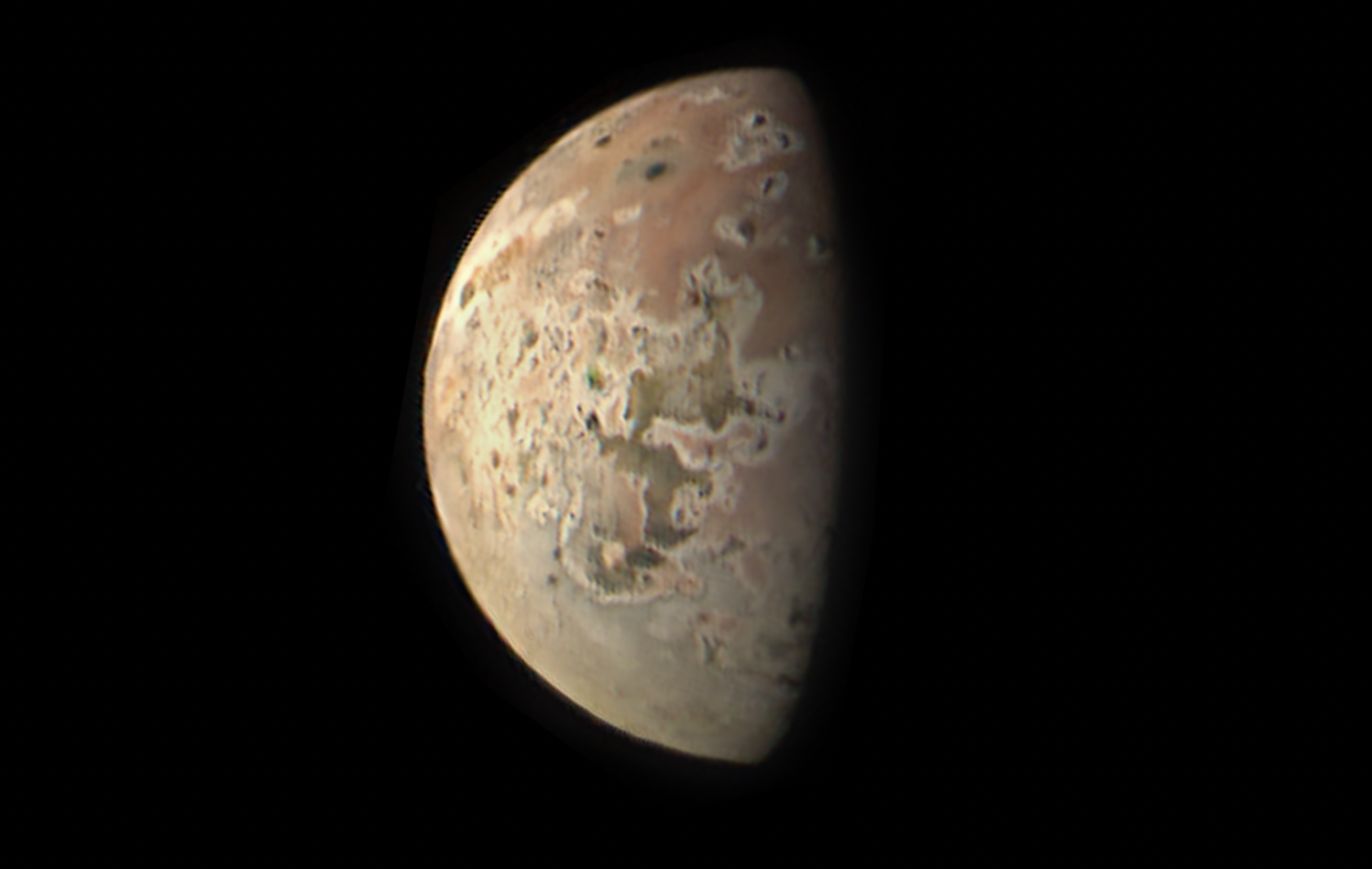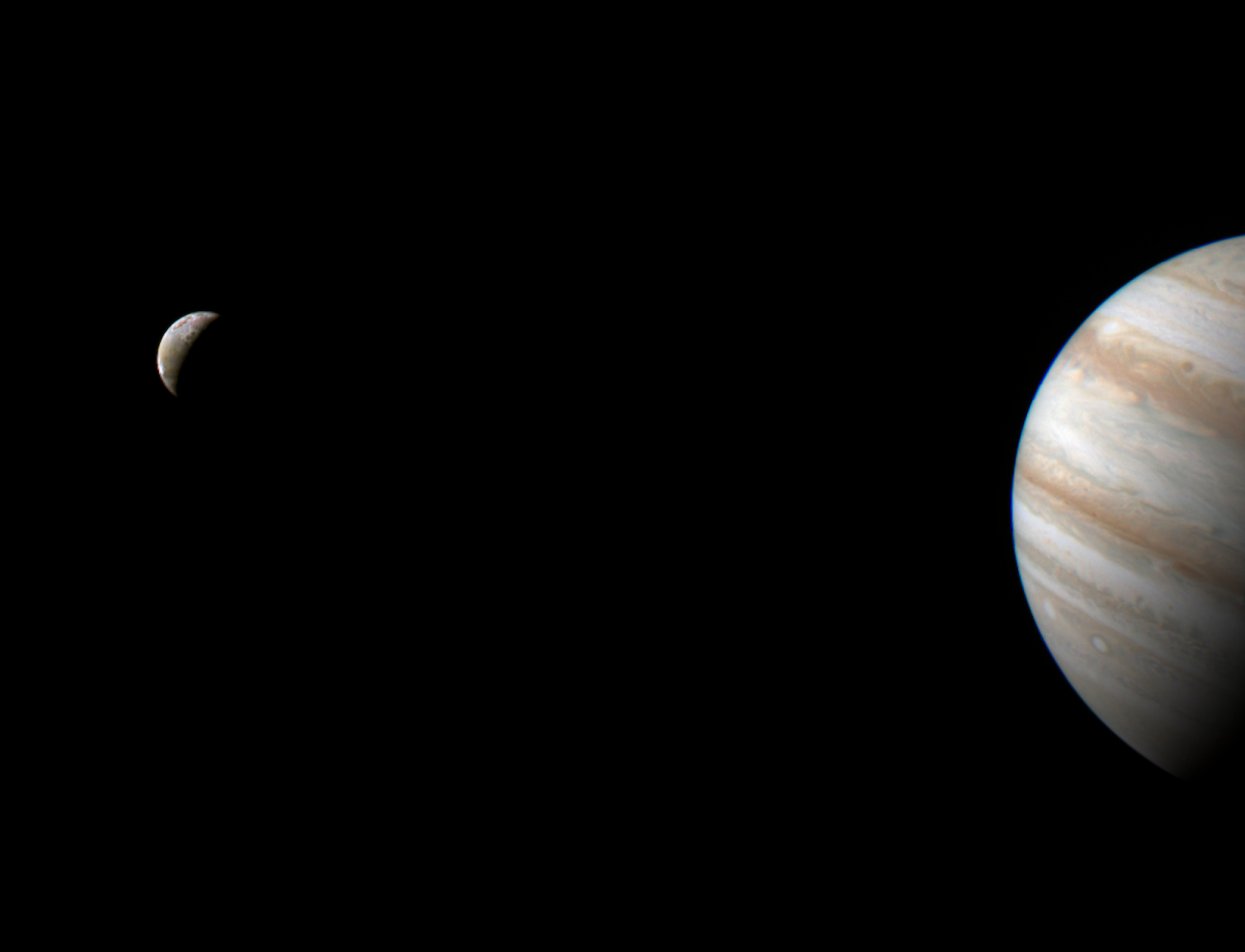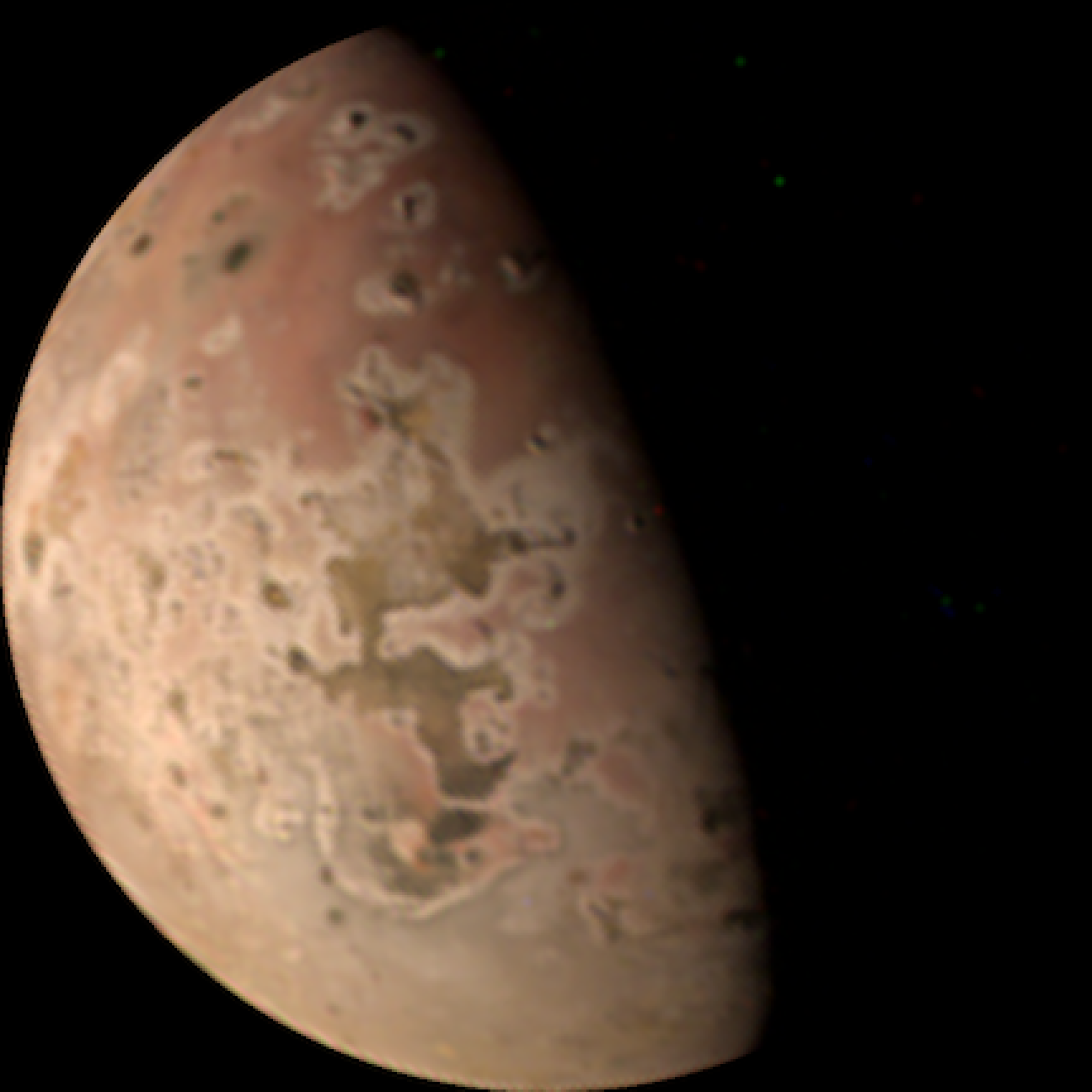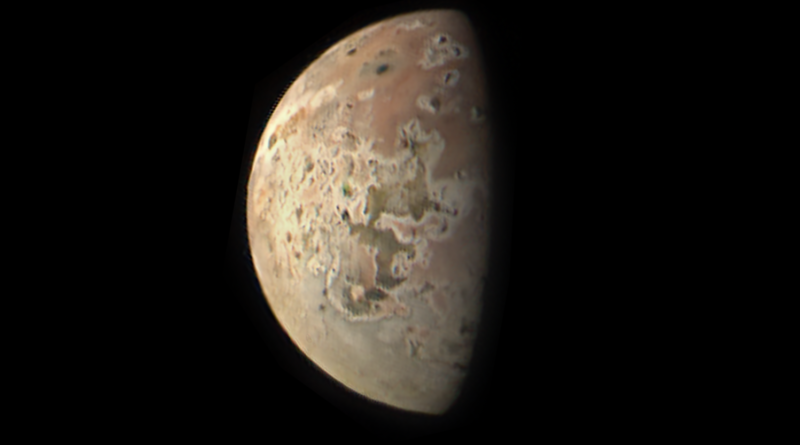NASA swoops by an erupting volcano world and snaps jaw-dropping images

NASA is creeping closer to a tortured world.
The space agency’s Juno spacecraft has been swooping ever-closer to Jupiter‘s moon Io, a place teeming with volcanoes and lava. It’s a truly volcanic orb. In early March, Juno passed some 32,044 miles from Io. On May 16 Juno returned, traversing just 22,060 miles from Io and capturing rich imagery.
Over the coming year, it’s only going to get closer, ultimately traveling within 930 miles, or 1,500 kilometers, from Io. That’s darn close. The Hubble telescope orbits around 332 miles above Earth.
“We’re marching closer and closer,” Scott Bolton, the Juno mission’s principal investigator, told Mashable in March.
Take a look at Juno’s latest Io imagery, with NASA images expertly processed by citizen scientists and professional image processors.


Juno captured these images on its 51st trip around Jupiter. The spacecraft isn’t headed towards Io, but is making close, planned passes as it zooms around the nearby gas giant.
For planetary scientists, the images are invaluable.
“Io is the most volcanic celestial body that we know of in our solar system,” Bolton said in a statement. “By observing it over time on multiple passes, we can watch how the volcanoes vary — how often they erupt, how bright and hot they are, whether they are linked to a group or solo, and if the shape of the lava flow changes.”
“We’re marching closer and closer.”
Io is blanketed in volcanoes because it’s stuck in a relentless “tug-of-war” between the massive Jupiter and two of Jupiter’s other big moons, Ganymede and Europa — a world that might harbor a sizable ocean. This powerful push and pull creates profound heat inside a world that’s a little larger than our moon. All this heat seeks to reach the surface, resulting in molten lava and extreme volcanism.
Want more science and tech news delivered straight to your inbox? Sign up for Mashable’s Light Speed newsletter today.
By year’s end, in late December, the spacecraft will make its closest pass by Io (and again in early 2023). Prepare for some unprecedented imagery.
